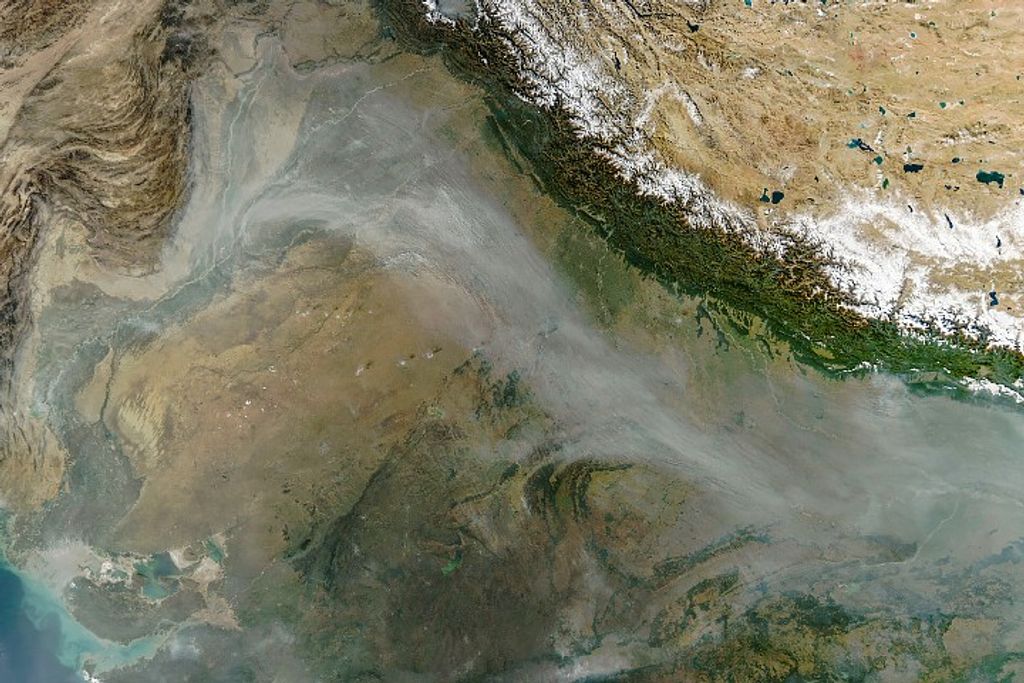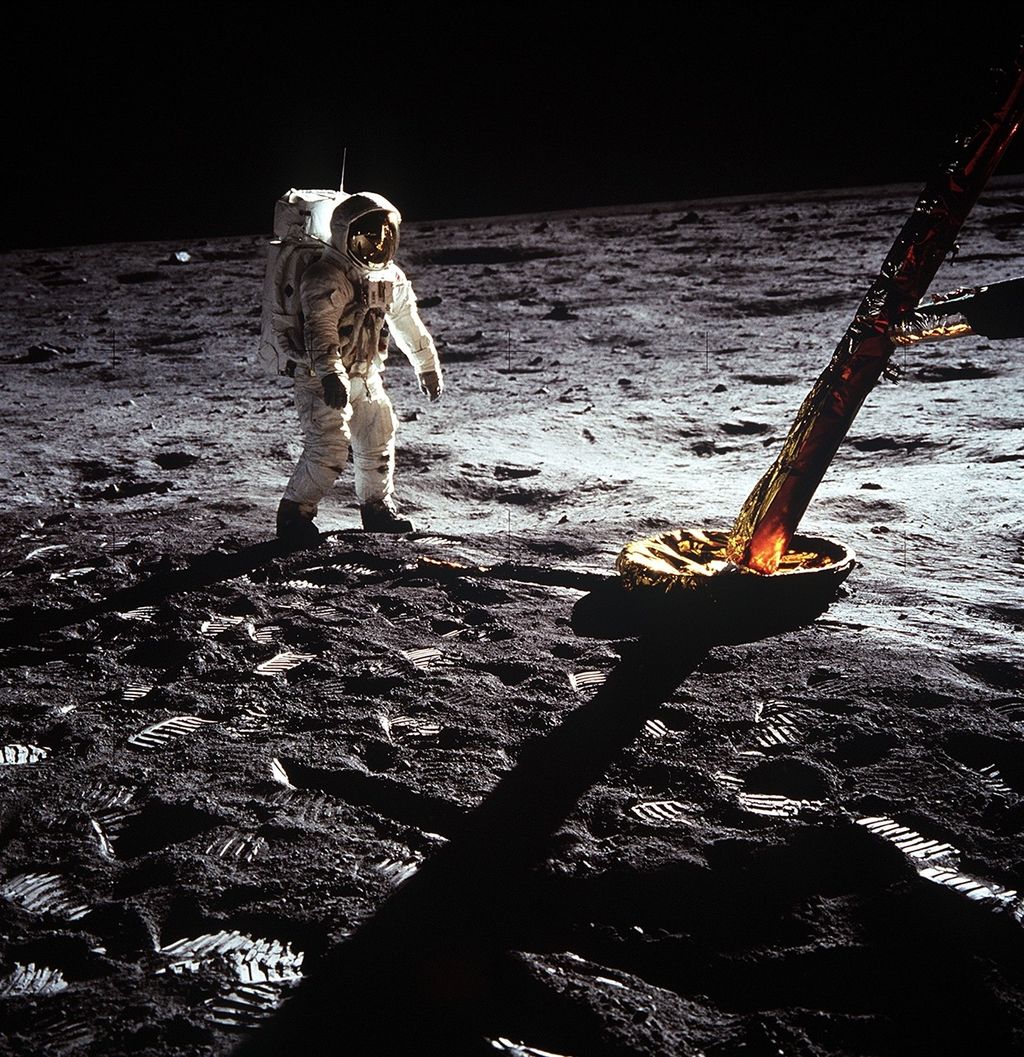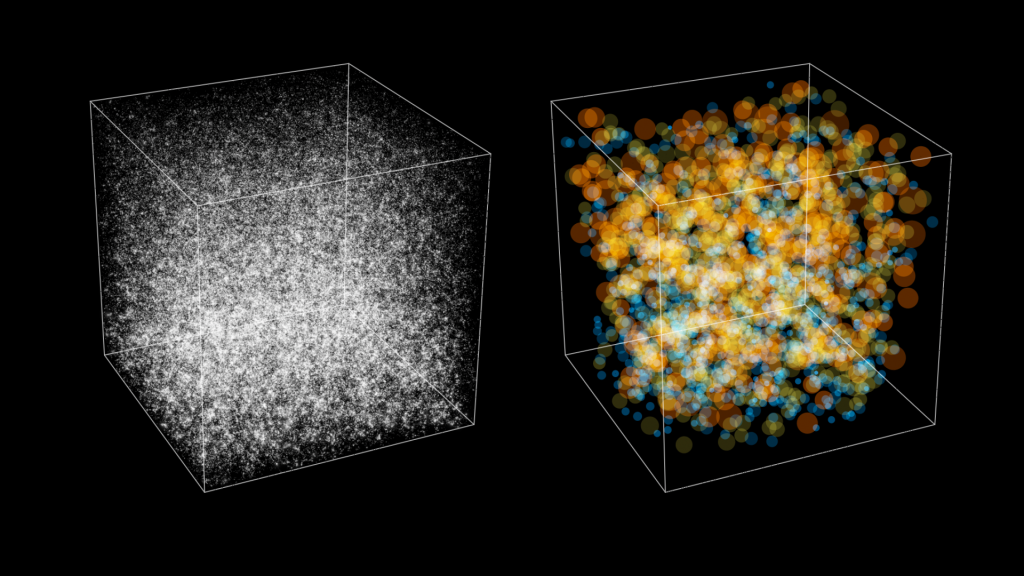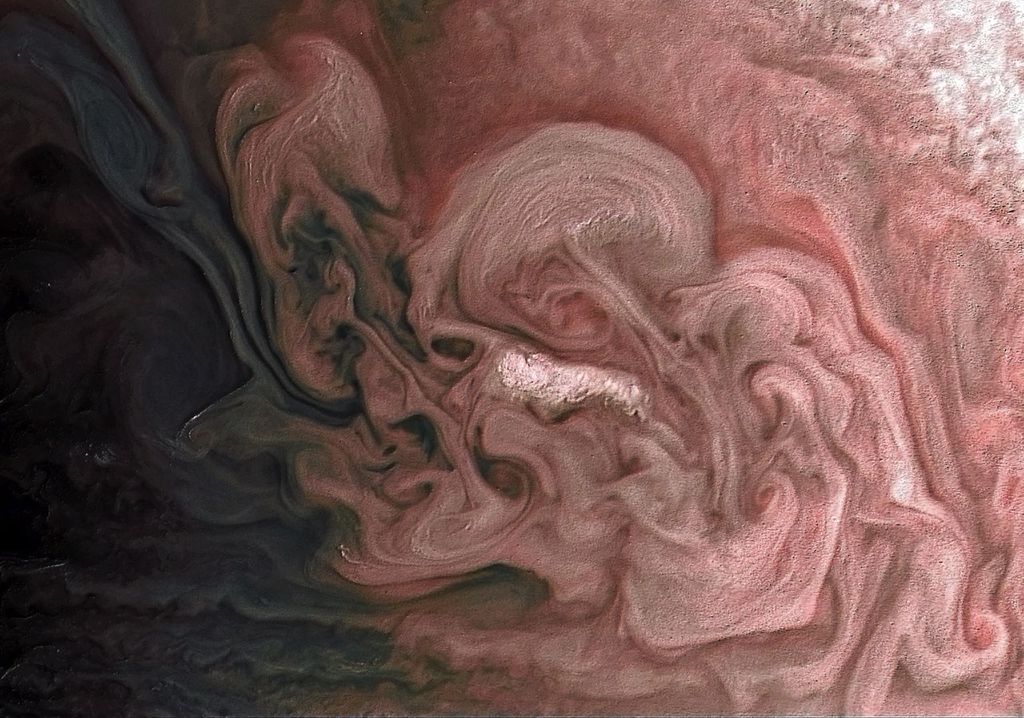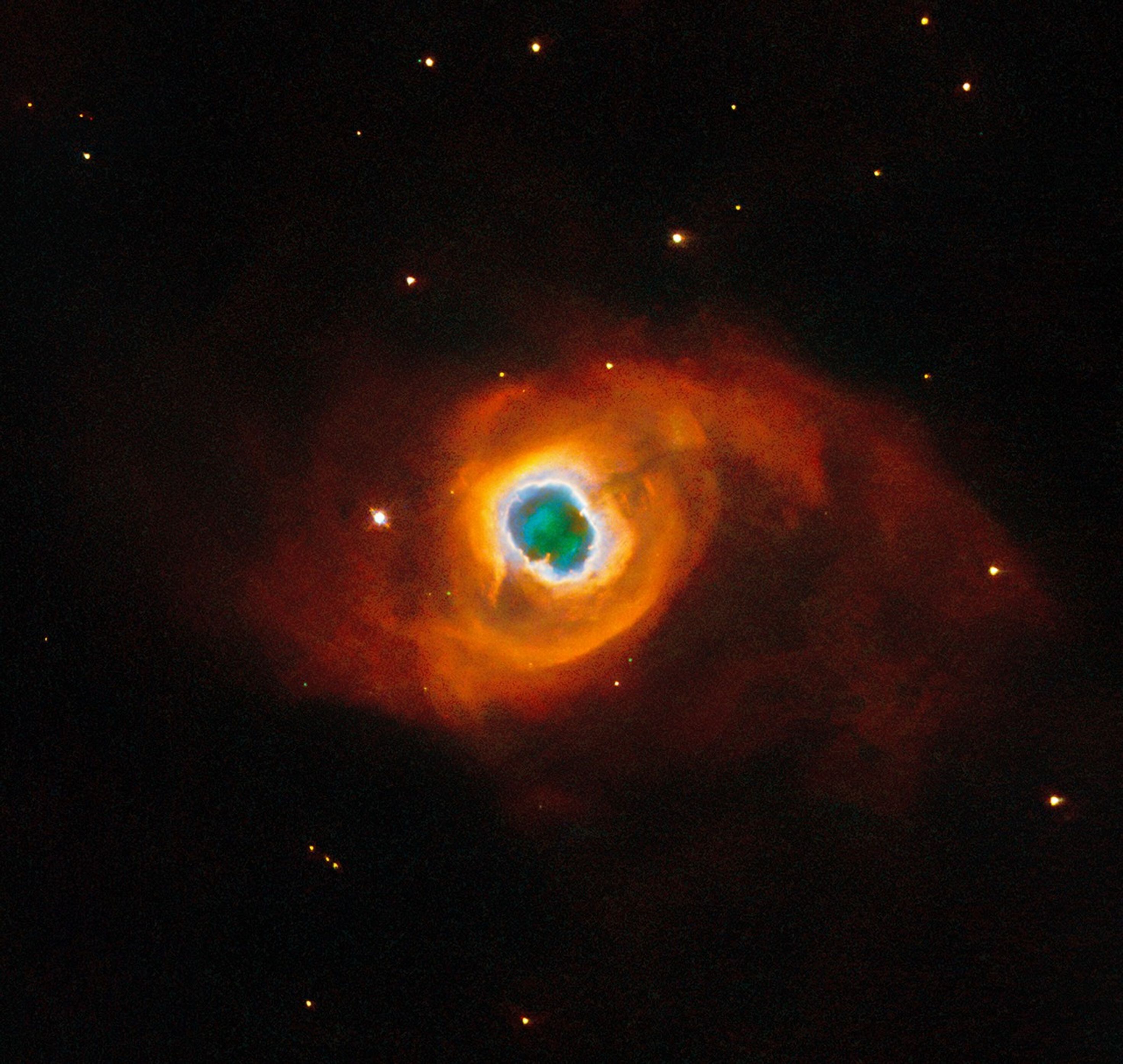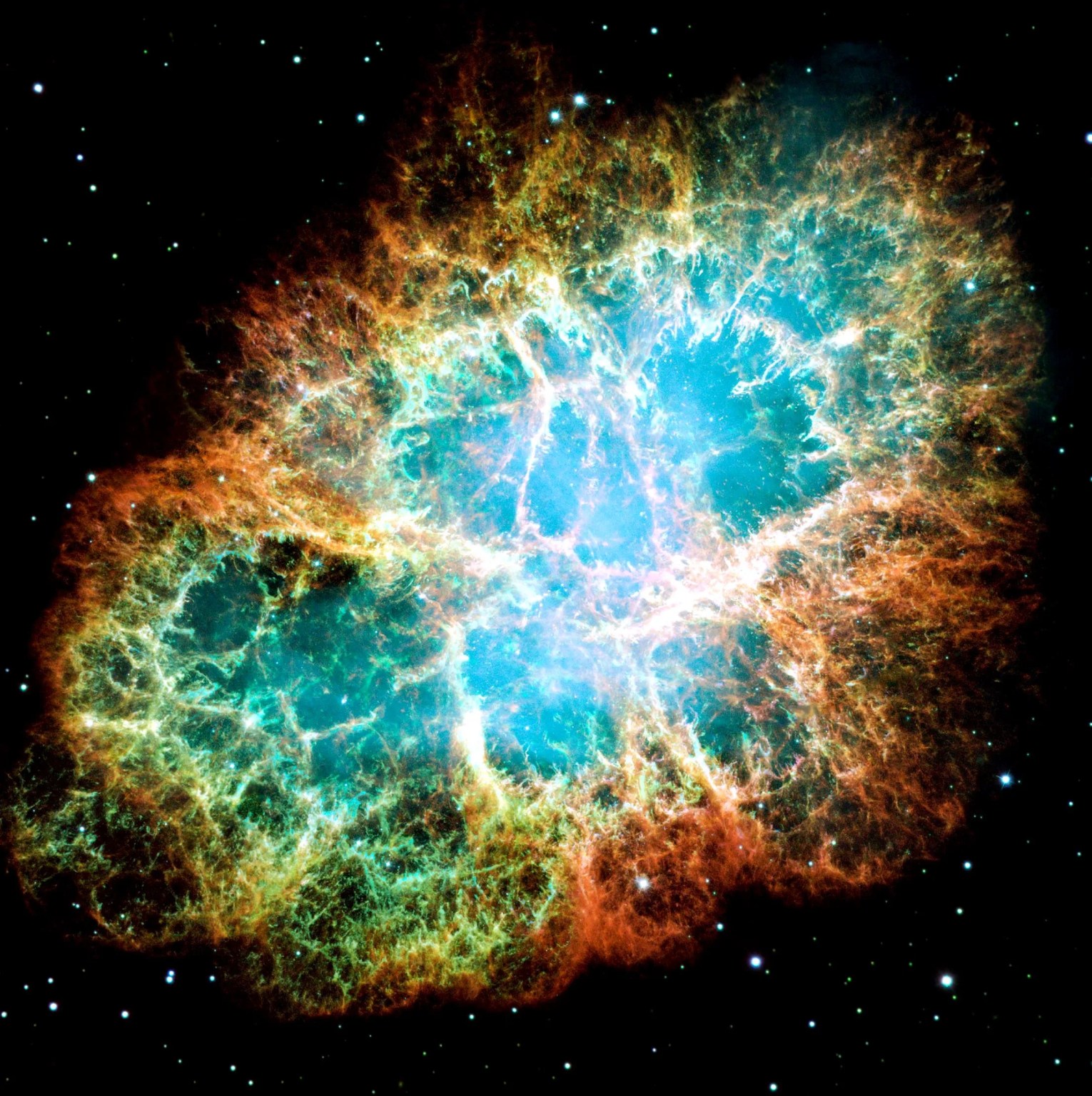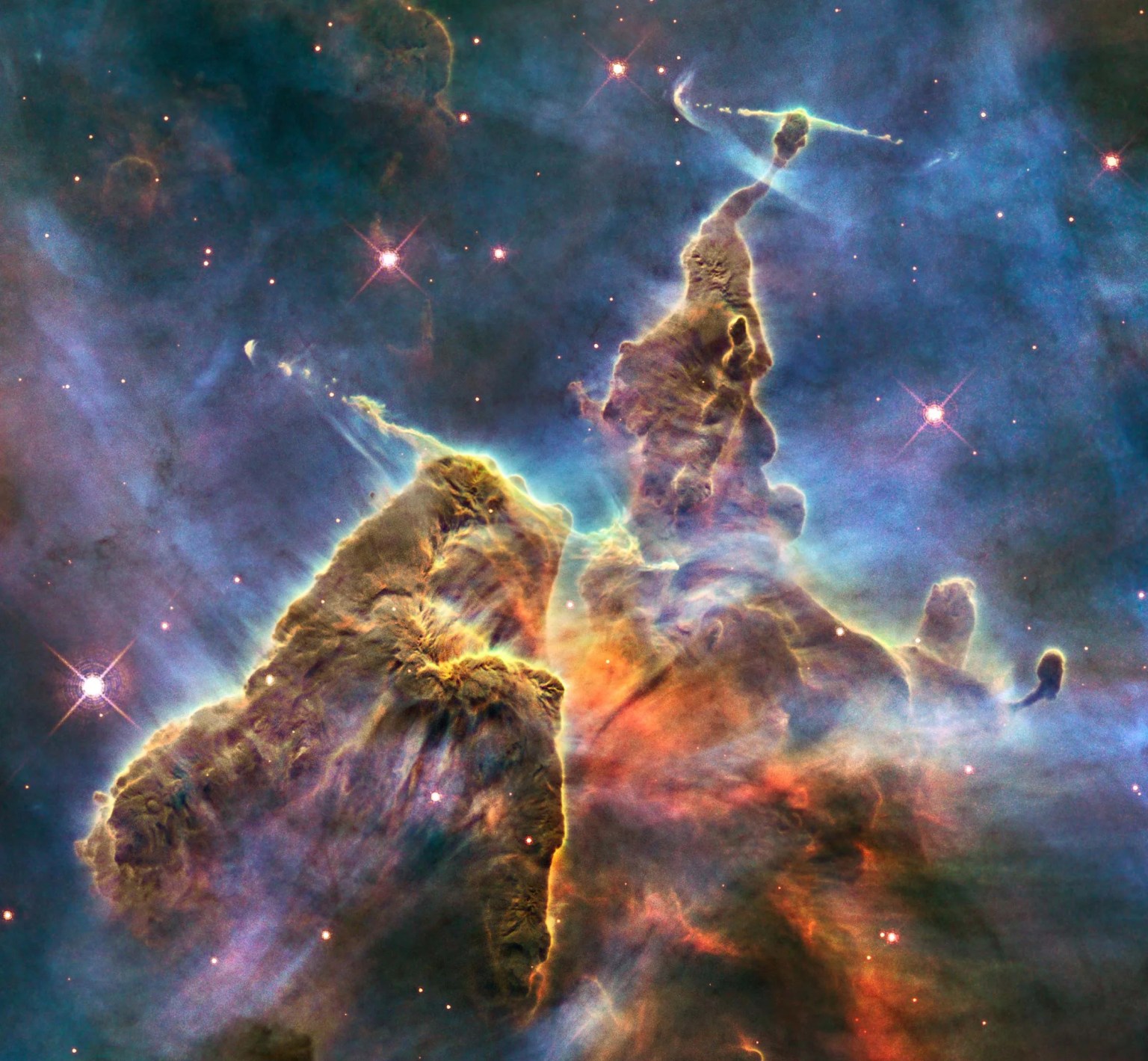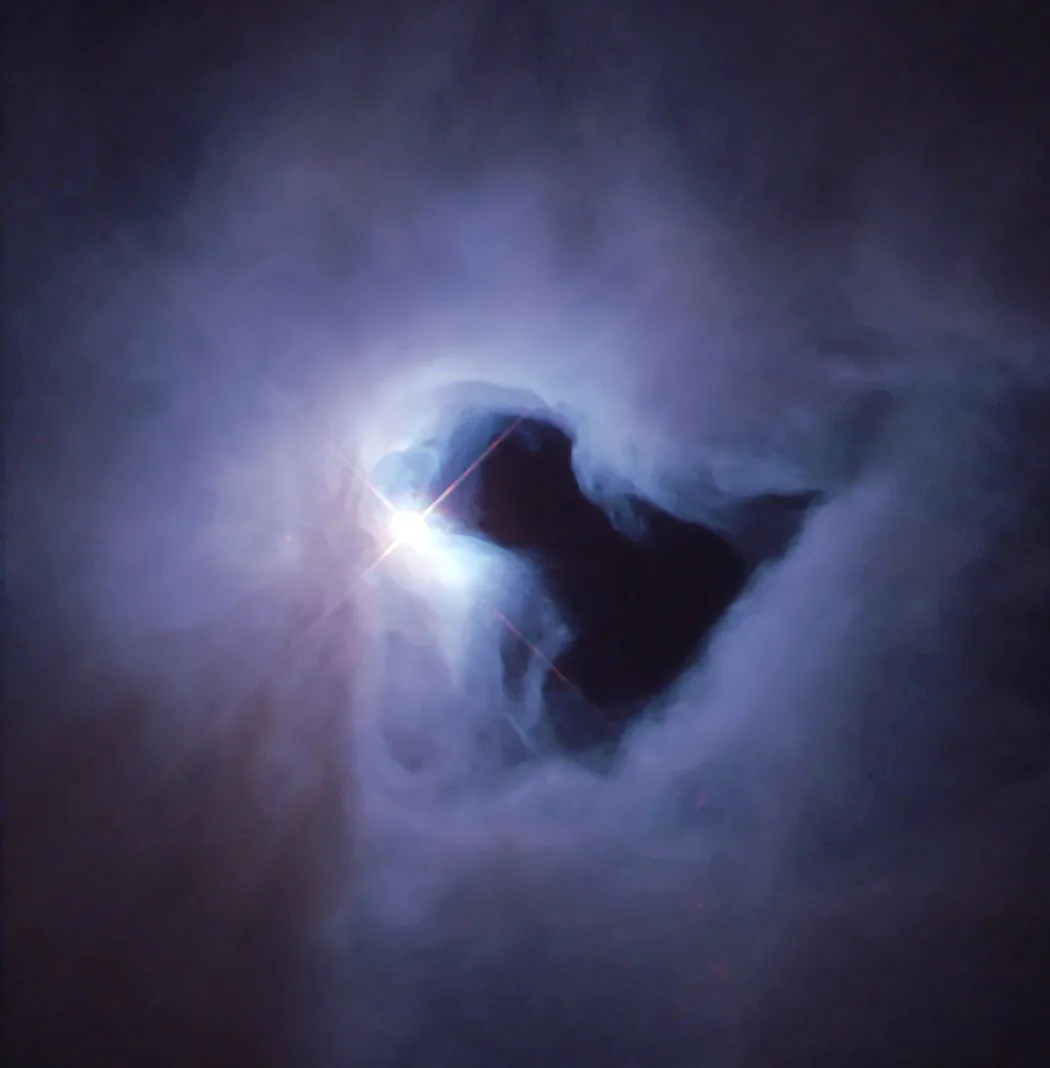The swirling, paint-like clouds in the darkness of space in this stunning image seem surreal, like a portal to another world opening before us. In fact, the subject of this NASA/ESA Hubble Space Telescope image is very real. We are seeing vast clouds of ionized atoms thrown into space by a dying star. This is a planetary nebula named Kohoutek 4-55, a member of the Milky Way galaxy situated just 4,600 light-years away in the constellation Cygnus (the Swan).
Planetary nebulae are the spectacular final display at the end of a giant star’s life. Once a red giant star has exhausted its available fuel and shed its last layers of gas, its compact core will contract further, enabling a final burst of nuclear fusion. The exposed core reaches extremely hot temperatures, radiating ultraviolet light that energizes the enormous clouds of gas cast off by the star. The ultraviolet light ionizes atoms in the gas, making the clouds glow brightly. In this image, red and orange indicate nitrogen, green is hydrogen, and blue shows oxygen. Kohoutek 4-55 has an uncommon, multi-layered form: a faint layer of gas surrounds a bright inner ring, all wrapped in a broad halo of ionized nitrogen. The spectacle is bittersweet, as the brief phase of fusion in the core will end after only tens of thousands of years, leaving a white dwarf that will never illuminate the clouds around it again.
This image itself was also the final work of one of Hubble’s instruments: the Wide Field and Planetary Camera 2 (WFPC2). Installed in 1993 to replace the original Wide Field and Planetary Camera, WFPC2 was responsible for some of Hubble’s most enduring images and fascinating discoveries. Hubble’s Wide Field Camera 3 replaced WFPC2 in 2009, during Hubble’s final servicing mission. A mere ten days before astronauts removed Hubble’s WFPC2 from the telescope, the instrument collected the data used in this image: a fitting send-off after 16 years of discoveries. Image processors used the latest and most advanced processing techniques to bring the data to life one more time, producing this breathtaking new view of Kohoutek 4-55.
Media Contact:
Claire Andreoli (claire.andreoli@nasa.gov)
NASA's Goddard Space Flight Center, Greenbelt, MD









